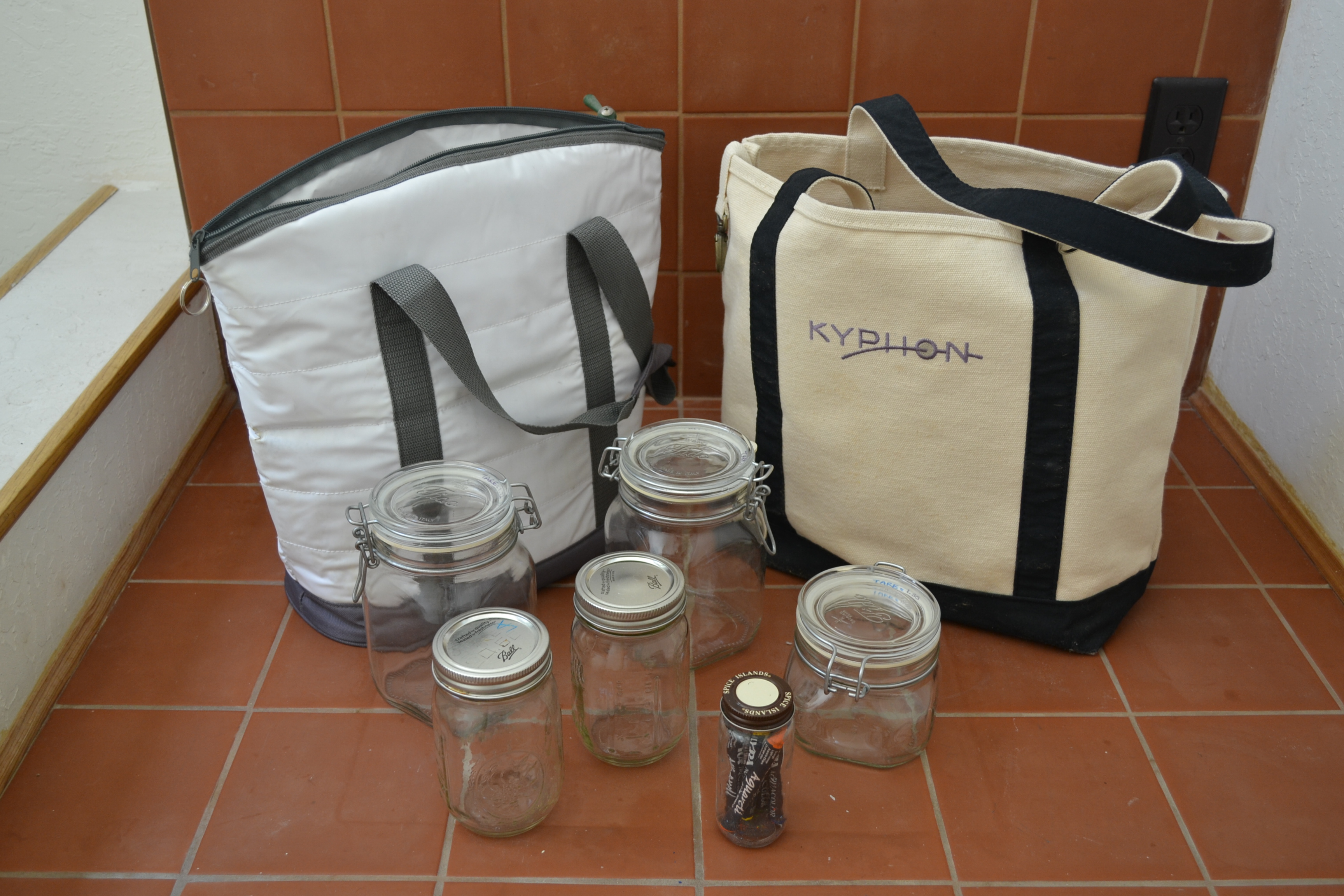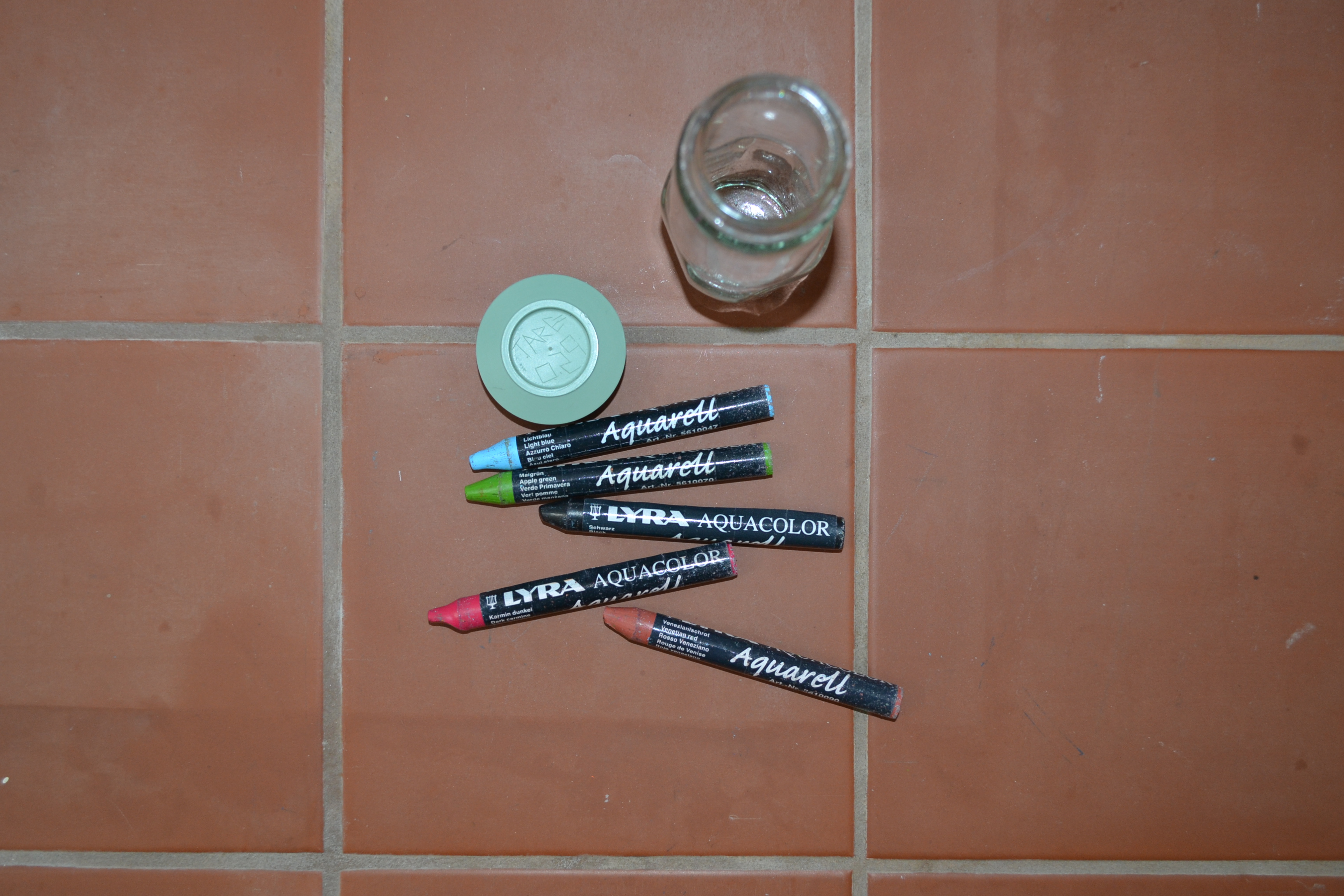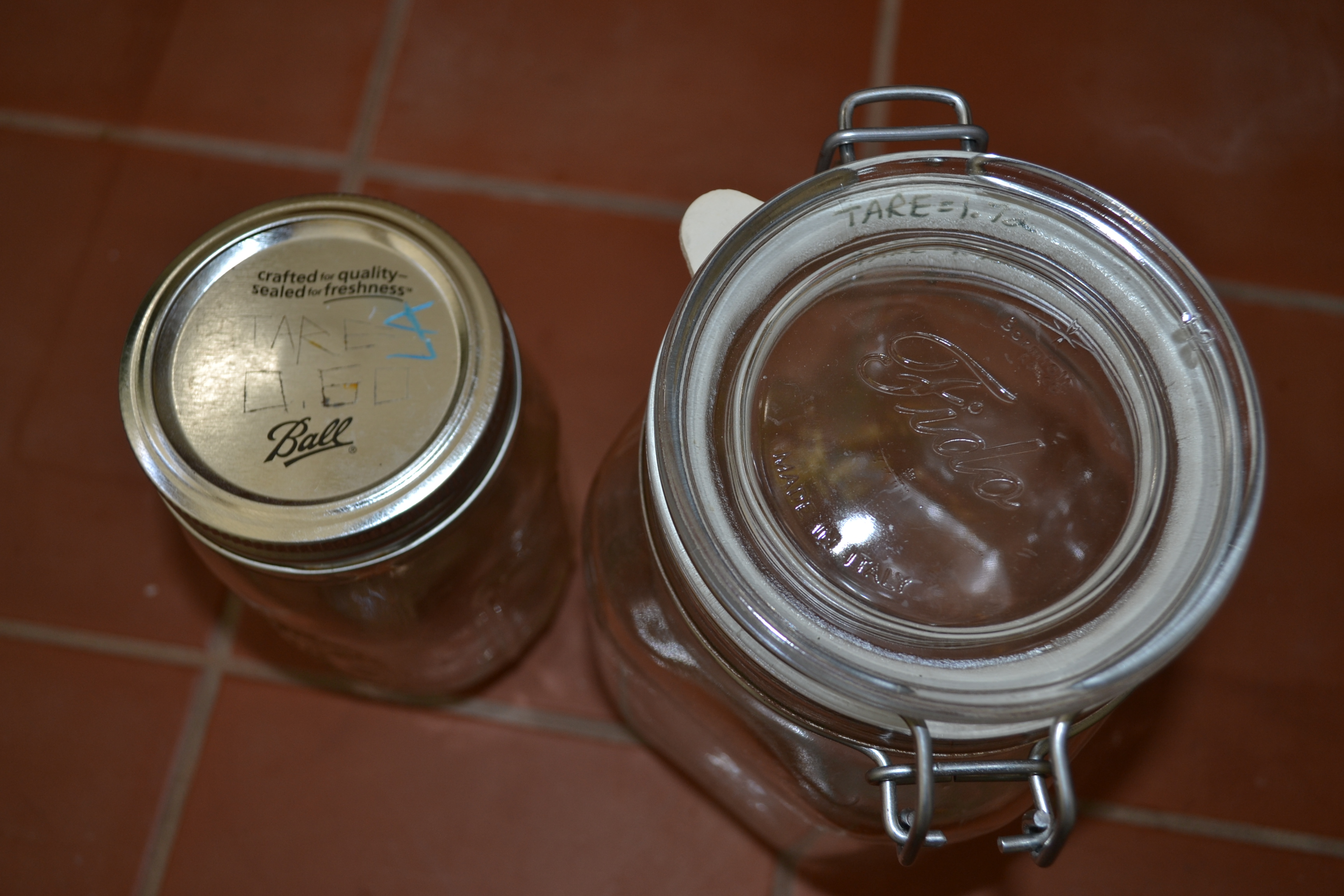08.12.2019
0600

Reducing the amount of trash that comes into your home is not as hard as it sounds. It might sound like a daunting task because we as consumers, buy a lot of packaged items that we bring into our home. However, it’s a simple process of elimination.
For instance, if you evaluate your kitchen items and everything you buy weekly, monthly, and yearly- that’s pretty much your entire list. For the yearly items, if you can find reusable alternatives, you can essentially eliminate your yearly inventory shopping.
Then, list all your weekly items that you tend to buy, and find reusable, non-toxic alternatives for those items. Your weekly and daily items are most likely the trash culprits. Half of the time, we don’t realize how many coffee cups we buy every day or even plastic packaged lunch items that we purchase daily. Eliminating the daily trash will help greatly reduce the amount of trash that enters your home. There are a lot of reasonable alternatives when it comes to kitchen items. Using cloth napkins in lieu of paper napkins, and using real dishware instead of paper plates can help eliminate the disposable trash output. You can also use real utensils instead of disposable utensils. You can bring a reusable coffee Tumbler when you go to get tea or coffee, so you don’t end up with a disposable cup.
A lot of people don’t know that the paper containers provided for us at grocery stores, and food establishments are lined with plastic, and those containers do not compost or bio degrade. The plastic layer, prevents it from composting completely. It’s a little bit like green washing because you may think your container is completely made of cardboard but it really isn’t. Using reusable items is a much better alternative, because you are in control of how much trash you are producing.


For your bathroom items, it’s the same process as evaluating your kitchen items. Go through your items and figure out which products you use and purchase, yearly, weekly and daily. Slowly replace the yearly items with reusable and sustainable options, as well as a weekly and daily items.
When it comes to medications or anything medical, I suggest that you consult with a doctor before you decide to eliminate certain products. I purchase sunscreen consistently. I live in California, where the sun is strong, and skin cancer is a real concern. I’m very aware that I am producing plastic trash with my sunscreen bottles. However, I would never want to put my health at risk just so I can proclaim that “My lifestyle is absolutely zero waste!”, and I wouldn’t want you to do that either.
Health concerns are very personal, so you know your own limit. If you can eliminate a plastic contained product and opt for a reusable version, than I think that’s great. Right now, I buy my conditioner, body lotion, bar soap, liquid soap, and tooth powder, in bulk. When it comes to sunscreen, face moisturizer and dental floss, those come in packaging.

You can use this evaluation process for the other rooms in your home. The biggest trash producers are the kitchen and the bathrooms. Some people have other rooms where they tend to buy a lot of items for, and those can be also evaluated in the same fashion.
This process takes time, and it takes self awareness to be consistent. Start slow and just work on an area or room in a certain amount of time. If you give yourself a time limit, staying consistent and motivated, becomes easier.





























